Dear Architects: If You Really Want to Be More Sustainable, Start Prioritizing Reuse Projects
Architizer
APRIL 10, 2023
Architecture 2030 ’s mission is to rapidly transform the built environment from a major emitter of greenhouse gases to a central source of solutions to the climate crisis. Unfortunately, renovation rates lag behind IPCC-estimated requirements. This article was written by Erin McDade and Lori Ferriss.

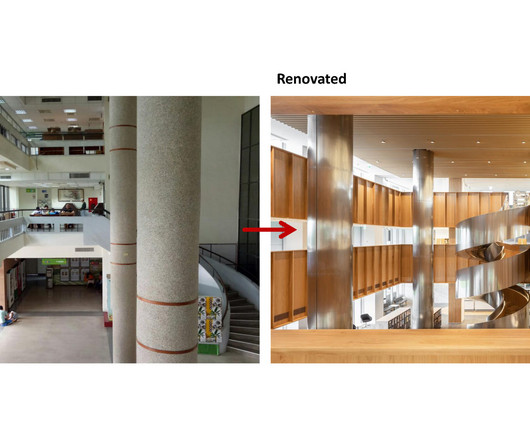

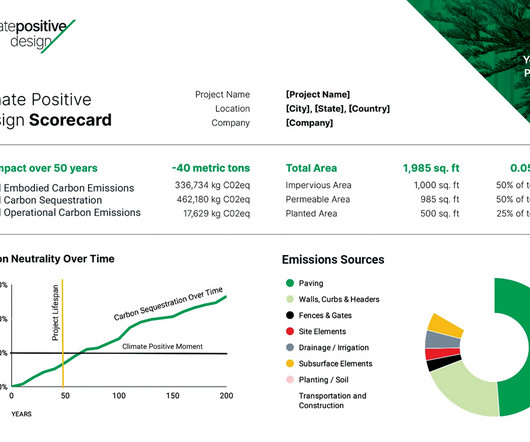
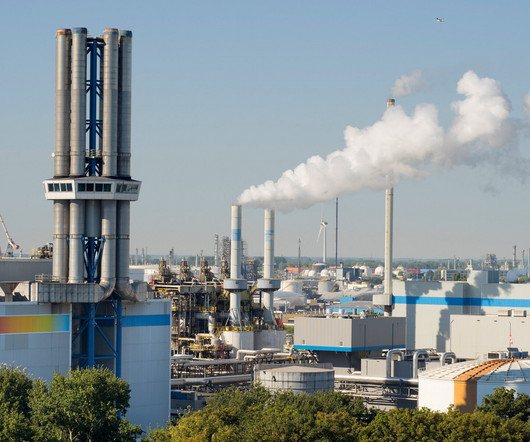
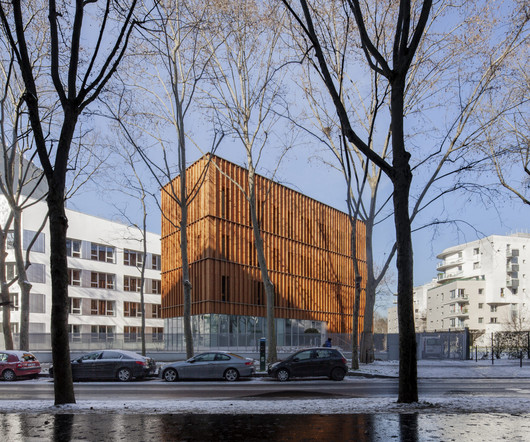

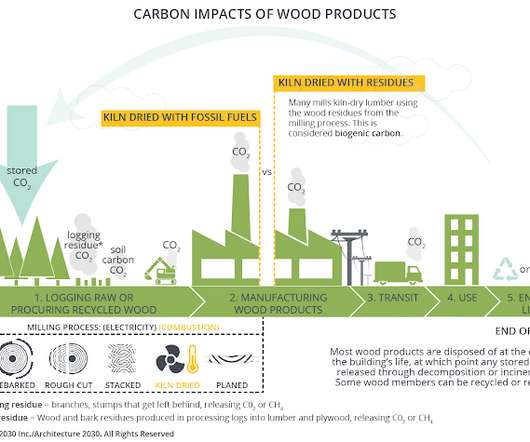
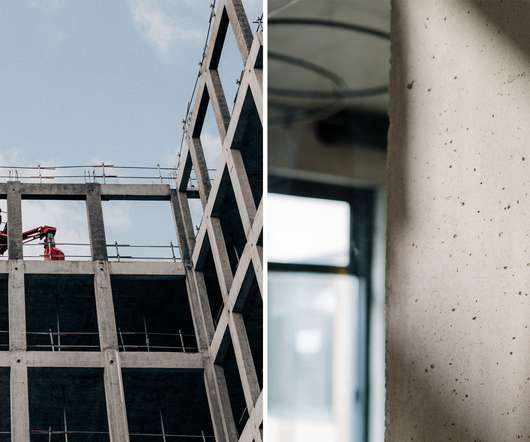


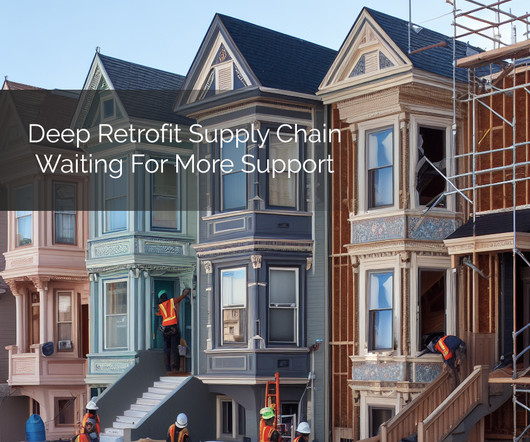







Let's personalize your content